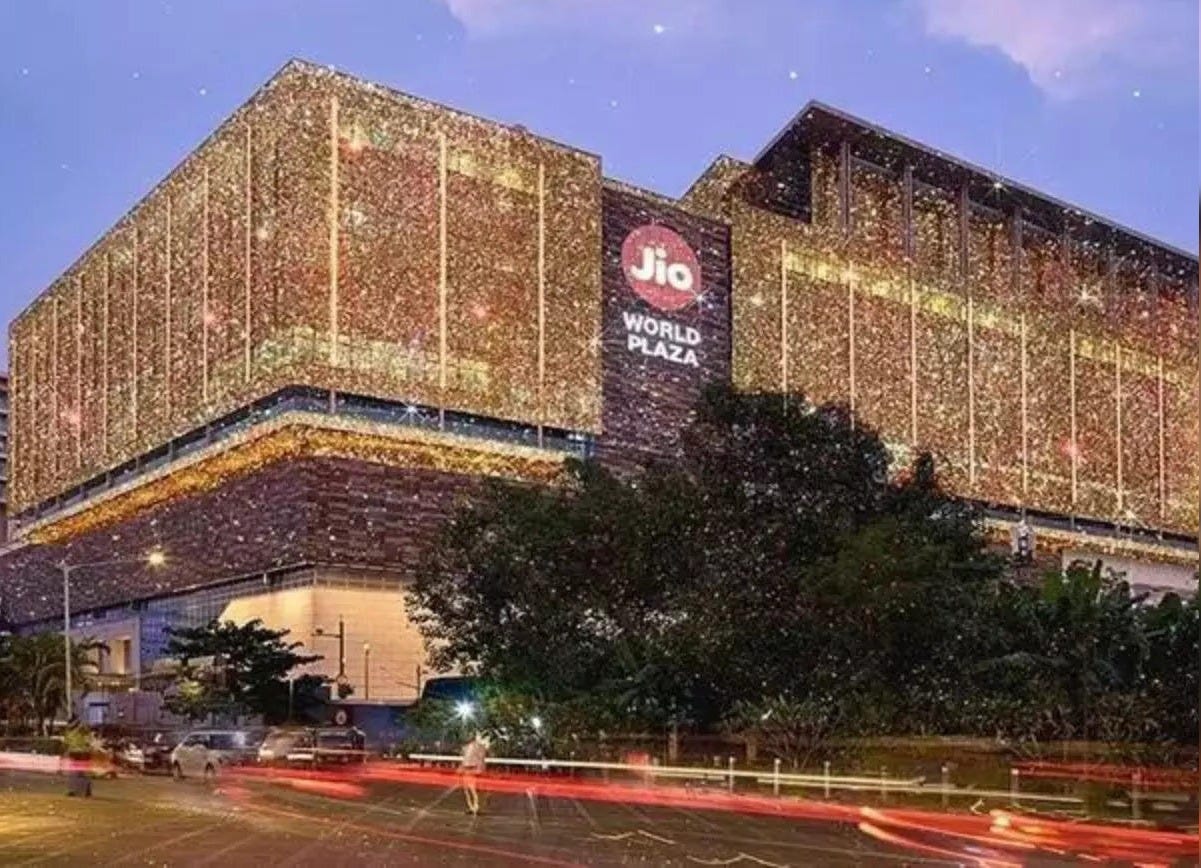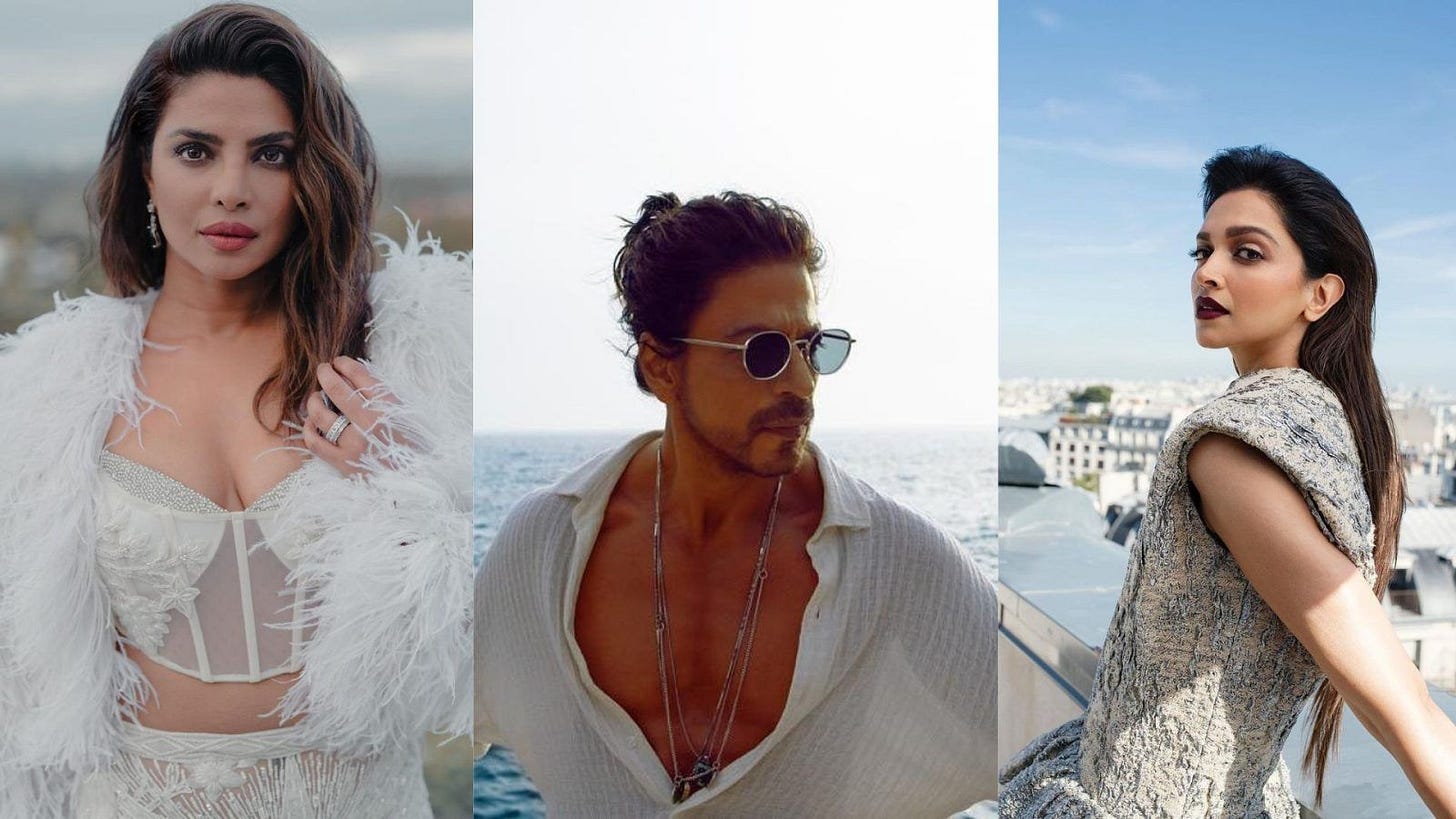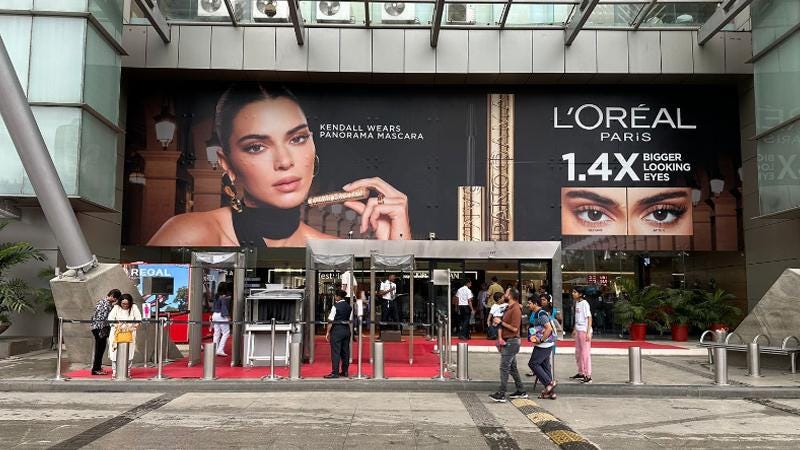25: A Journey Through Luxury | Anish Singh’s Story and event invitation
Anish Singh, founder of Bhartiya Paris Club, offers valuable insights into the Indian luxury market and extends a special invitation to their upcoming exclusive
📝 Words: 1,149 | 🕰️ Estimated Reading time: 5 minutes
Hello Kula Community,
After a well-needed summer break, we are back with our “bi-”weekly newsletter!
If you are new to Kula Connect don’t forget to check out our LinkedIn page 👈🏻 where we share various articles and information about the Indo-European space.
This week we spotlight the story of Anish Singh, and how he founded Bhartiya Paris Club an NGO based in Paris to promote the exchange between the Indian and European luxury and craftsmanship sectors.
This newsletter also marks the beginning of the collaboration between Kula Connect and Bhartiya Paris Club. We are pleased to support their next event in Paris on the 17th of September. An exclusive conference on the Indian Luxury market and its opportunities, with many different speakers and an ending cocktail.
🗓️ 𝐃𝐚𝐭𝐞 : 17 septembre 2024
⏰ Time : 18h30 – 21h30
Are you in Paris on the 17th?
Join us for this great event! Please register here (Limited spots available)
Now… Let’s go back to the newsletter and deep-dive into Anish's story and the Indian luxury market
Key takeaways
🤩 India’s Luxury Heritage: India has a 3,000-year history of luxury, with deep cultural roots in craftsmanship, textiles, and jewelry, influenced by religious traditions and historical eras like the Mughal period
🌊 Challenges to Growth: The Indian luxury market faces obstacles, including limited retail infrastructure, strong local craftsmanship competition, and high import duties, which raise the cost of luxury goods.
📈 Luxury Market Growth: Despite challenges, India’s luxury market is expected to grow 3.5 times by 2030, making it the fastest-growing luxury market globally.
Bhartiya Paris Club - connect Indian and French luxury
Anish has been living in France for the past 10 years, working in the IT industry and then transitioning to marketing studying at ESSEC business school where he discovered luxury and wrote his thesis on the topic.
Through his research and interactions with top executives and experts from leading luxury brands, Anish identified a significant gap in how European brands perceive and approach the Indian market.
In response to these findings, Anish Singh Bhartiya Paris Club to assist European brands and experts in navigating the complexities of the Indian luxury sector.
Indian Luxury - 3000 years of history and traditions
The Indian luxury market has deep historical and cultural roots.
Many international luxury brands have found a significant influence from India, with some of the most famous figures in luxury, like the Maharaja of India, being associated with iconic brands such as Cartier.
Various articles reveals how Cartier was deeply influenced by Indian art and culture, beginning in the early 20th century. Inspired by Indian jewelry’s rich colors and intricate designs, Cartier incorporated these elements into their collections. A key example is the “Tutti Frutti” collection, which blends Indian motifs with Cartier’s signature style.
To go into detail on Cartier links with India, you can read these articles:
The Mughal era of the 16th century is often regarded as a golden age of luxury in India, with emperors and nobles draped in opulent jewels, fine textiles, and exquisite perfumes.
India’s connection to luxury can be traced back to its religious and cultural traditions, where Hinduism, with its opulent depictions of deities adorned in jewelry, has long been intertwined with concepts of luxury and wealth.
Over 3,000 years ago, India was a global hub for luxury textiles and craftsmanship. However, India’s prosperity was severely impacted by colonization, which left the country impoverished. In response, the Swadeshi movement led by Gandhi saw the people of India reject foreign goods, including British textiles, in favor of locally made products as a form of resistance.
As Anish told us during our chat, in modern times Bollywood is playing a pivotal role in shaping the Indian luxury market. Many international brands, such as Ferrari, Rolex, and Armani, gained popularity in India through their association with Bollywood films and stars. For this reason, many of these Bollywood celebrities have also been chosen by international brands as global ambassadors, given their influence and massive reach.
India, the fastest growing luxury market worldwide - decoding the challenges
According to a report by Bain and Company, India's luxury market is poised for explosive growth. Projections indicate it will expand to 3.5 times its current size by 2030. This remarkable trajectory positions India as the fastest-growing luxury market worldwide, however, India still faces various challenges.
During our interview, Anish, identified three major obstacles that the Indian Luxury market must overcome to unlock real growth:
Lack of Retail Infrastructure: Many Indian cities lack large shopping malls and retail spaces, which hinders the growth of luxury brands. This limited retail presence makes it difficult for international brands to establish a strong foothold across the country.
Strong Local Craftsmanship: India has a long-standing tradition of craftsmanship, particularly in textiles and jewelry. This creates strong local competition for Western luxury brands, as "Made in India" products are often favored for their quality and cultural relevance, especially during cultural celebrations and weddings.
Import duties and taxes for luxury products in India: Import duties and taxes on luxury products in India make purchasing these items less favorable. Luxury goods are subject to a local GST of 28%, in addition to customs duties ranging from 10% to 15%, significantly increasing their prices in the Indian market. More on this here
Influence of Social Media on the Luxury Market
India's social media landscape is rapidly advancing also due to the penetration of mobile devices (around 900M Indians have a smartphone and access to the internet).
As Anish told us during our Interview:
Despite this growth, Indian consumers remain cautious about purchasing directly through social media. Many Indian consumers prefers phisical stores over e-commerce with a significant 80% hesitant to buy clothes online due to concerns about quality and the desire to physically inspect products before purchasing.
On the other hand, Influencer marketing is also gaining traction in India, with brands leveraging influencers to connect with audiences authentically. This trend is reshaping how products are marketed and sold and is now opening to new social selling opportunities.
For instance, In the luxury segment, Tata CLiQ Luxury is focusing on niche markets, particularly in high-end watches, offering a curated shopping experience for discerning consumers, showing that the opportunity for this market is huge and still largely untapped.
These trends highlight the evolving digital landscape in India, where traditional shopping preferences coexist with emerging digital marketing strategies.
Brands must navigate these dynamics to effectively engage Indian consumers and capitalize on the growing opportunities in social media and e-commerce - Anish
Looking beyond - what India will look like in 50-100 years from now
India has emerged as a key player in the Asian luxury market, with Indian consumers representing one of the fastest-growing segments globally (more than 100M affluent people by 2027 according to Goldman Sachs research)
Despite ongoing challenges in ease of doing business, the potential of the Indian market is too significant for luxury brands to ignore.
Given these promising forecasts, luxury brands are increasingly recognizing the importance of establishing a strong presence in India. To navigate the complexities of the market, many are adopting a strategic approach by partnering with established local retail players. This collaboration serves as an effective go-to-market strategy, allowing brands to leverage local expertise while tapping into India's burgeoning luxury consumer base.

As India's economic growth continues to accelerate, the luxury sector is poised for unprecedented expansion, making it an essential market for global luxury brands to cultivate and invest in for long-term success.
If you enjoyed our newsletter, be sure to subscribe and become part of our community! We'd love to hear your thoughts, so don't forget to leave a comment below.
For those in Paris on the 17th don’t miss out on this incredible opportunity and join us for the event
References:








